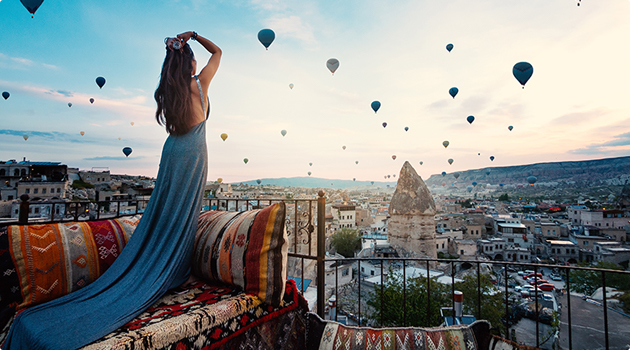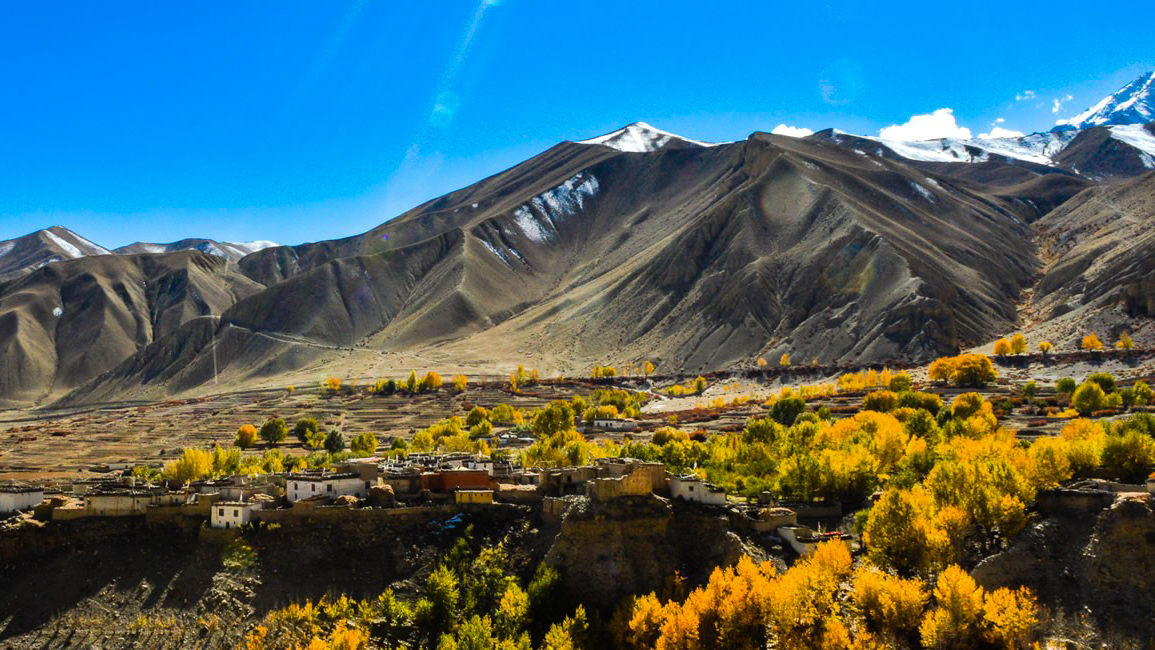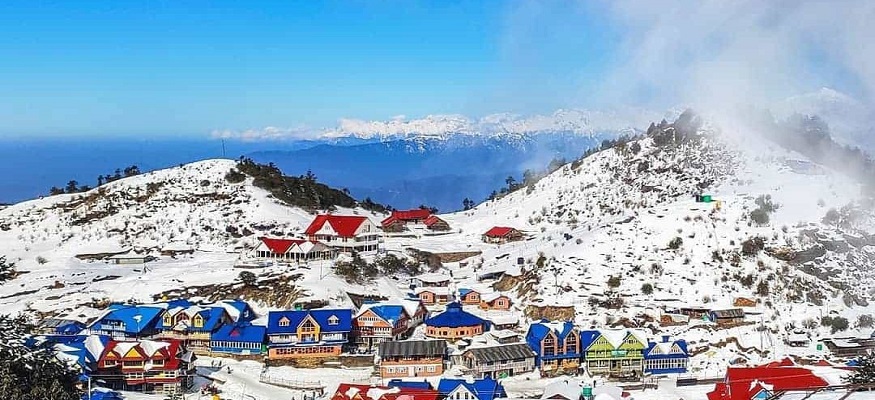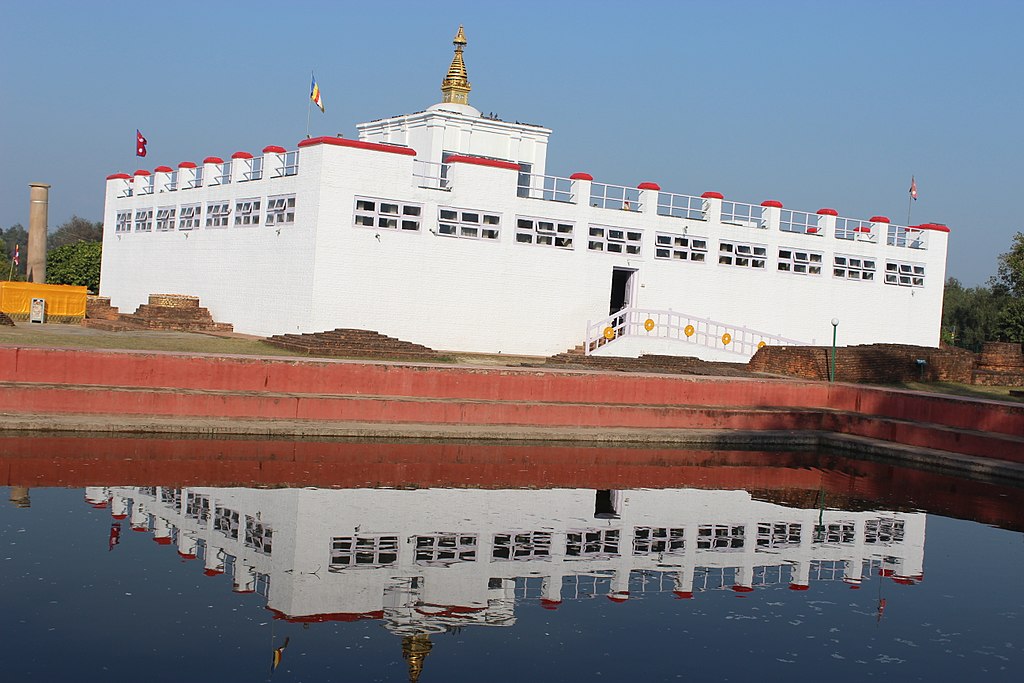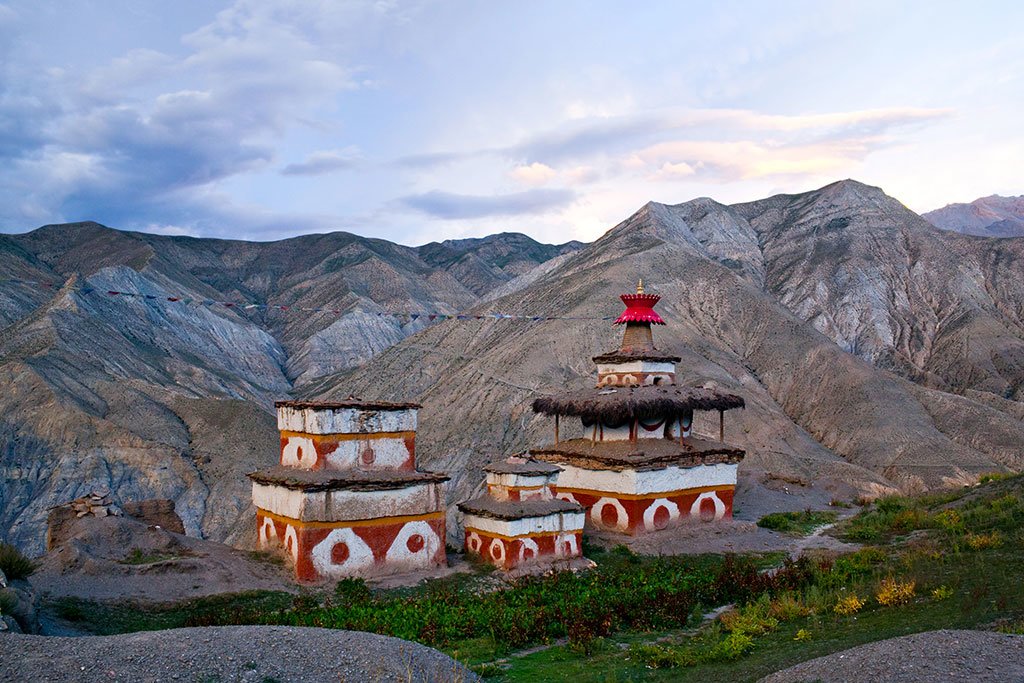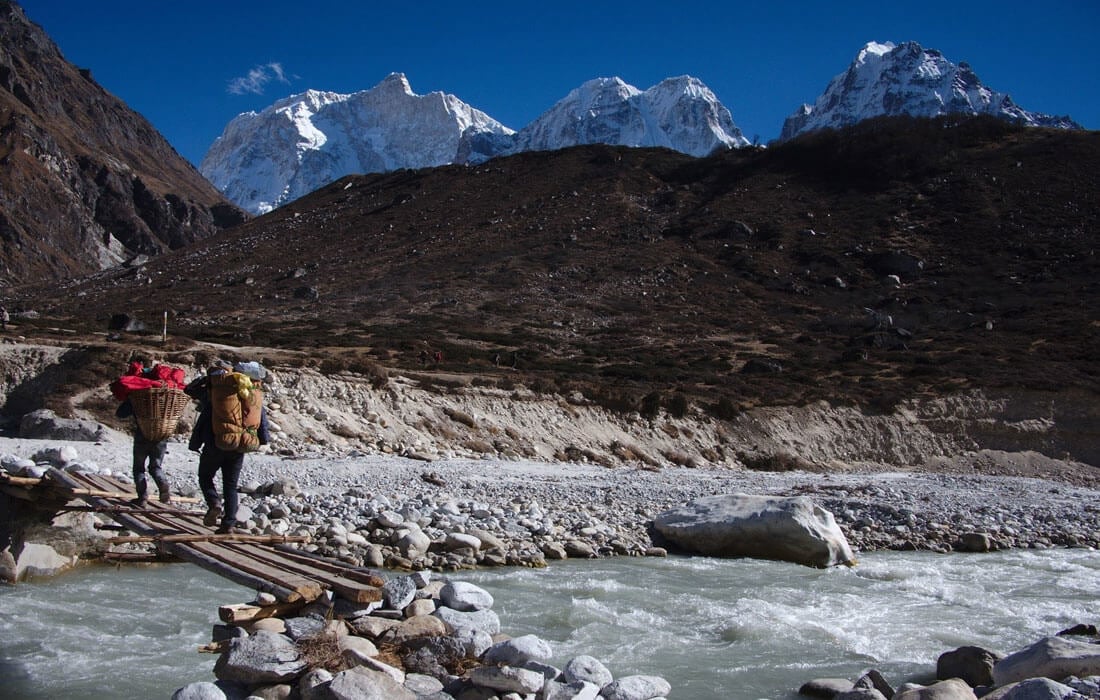 Pilgrim Details
Pilgrim Details
To enhance your spiritual journey at Pashupatinath Temple, we require the following details for each pilgrim. This information helps us in providing guidance and support, respecting the cultural and religious significance of the temple. Your details will be kept secure and used only for the purposes of your visit in Kathmandu, Bagmati Province, Nepal.
Health and Safety Tips
Experience Nepal's best trekking with each season’s unique beauty revealed.
View In DetailDocument Required
Experience Nepal's best trekking with each season’s unique beauty revealed.
View In DetailAny Questions?
Have questions about this trip or need more information? Don’t hesitate to reach out to us.
Contact Us
 Detailed Information
Detailed Information
Pashupatinath Temple represents more than just a religious monument; it offers a profound window into Hindu philosophy, spiritual practices, and the cycle of life and death. What makes this sacred site extraordinary is the harmonious blend of spiritual devotion, architectural brilliance, and cultural traditions that have remained unchanged for centuries.
As you approach the temple complex, the atmosphere transforms noticeably. The air becomes heavy with incense, the sounds of bells and chanting mantras fill your ears, and the sight of devoted pilgrims performing rituals creates an immersive spiritual experience. The main temple, with its distinctive pagoda architecture featuring four silver-plated doors facing in each cardinal direction, stands as a masterpiece of Nepal's religious art.
The cultural aspects of Pashupatinath are equally compelling. The presence of sadhus, with their ash-covered bodies, dreadlocked hair, and minimal clothing, offers a glimpse into ascetic traditions that date back thousands of years. These holy men have renounced material possessions and dedicate their lives to spiritual pursuits, embodying the Hindu concept of detachment.
Perhaps the most profound aspect of visiting Pashupatinath is witnessing the open-air cremations that take place on the ghats of the Bagmati River. These ceremonies provide powerful insight into Hindu beliefs about death as merely a transition rather than an end. For many visitors, observing these rituals conducted with dignity, precision, and emotional restraint prompts deep reflection on mortality and the impermanence of physical existence.
Throughout the complex, the interaction between daily religious practice and tourism has created a unique environment where spiritual authenticity coexists with cultural exchange. Devotees come to seek blessings and perform rituals, while visitors from around the world observe and learn about traditions that have shaped the spiritual landscape of South Asia for millennia.
Pashupatinath Temple represents more than just a religious monument; it offers a profound window into Hindu philosophy, spiritual practices, and the cycle of life and death. What makes this sacred site extraordinary is the harmonious blend of spiritual devotion, architectural brilliance, and cultural traditions that have remained unchanged for centuries.
As you approach the temple complex, the atmosphere transforms noticeably. The air becomes heavy with incense, the sounds of bells and chanting mantras fill your ears, and the sight of devoted pilgrims performing rituals creates an immersive spiritual experience. The main temple, with its distinctive pagoda architecture featuring four silver-plated doors facing in each cardinal direction, stands as a masterpiece of Nepal's religious art.
The cultural aspects of Pashupatinath are equally compelling. The presence of sadhus, with their ash-covered bodies, dreadlocked hair, and minimal clothing, offers a glimpse into ascetic traditions that date back thousands of years. These holy men have renounced material possessions and dedicate their lives to spiritual pursuits, embodying the Hindu concept of detachment.
Perhaps the most profound aspect of visiting Pashupatinath is witnessing the open-air cremations that take place on the ghats of the Bagmati River. These ceremonies provide powerful insight into Hindu beliefs about death as merely a transition rather than an end. For many visitors, observing these rituals conducted with dignity, precision, and emotional restraint prompts deep reflection on mortality and the impermanence of physical existence.
Throughout the complex, the interaction between daily religious practice and tourism has created a unique environment where spiritual authenticity coexists with cultural exchange. Devotees come to seek blessings and perform rituals, while visitors from around the world observe and learn about traditions that have shaped the spiritual landscape of South Asia for millennia.

From $0
Price Varies from Group Size
Success
Here goes about why the success toast occurred.
 Activity Outline
Activity Outline
Arrival and Eastern Complex
Main Temple Complex
Surrounding Shrines
Eastern Ghats
Western Complex and Museums
Meditation and Yoga Platforms
Meeting with Sadhus
Evening Aarti Ceremony
Experience the Spiritual Heart of Nepal. Join our guided tour of Pashupatinath Temple and witness the sacred rituals along the Bagmati River. Book your pilgrimage today and receive a special blessing package.
Book Your TourImmerse yourself in the spiritual atmosphere of Boudhanath Stupa, one of the largest spherical stupas in Nepal. Join our guided tour and experience the tranquility of this sacred site.
Visit Boudhanath Stupa
 Good to Know
Good to Know
Non-Hindus cannot enter the main temple premises but can observe the temple complex and ceremonies from the eastern bank of the Bagmati River.
Visitor Etiquette
Dress modestly, covering shoulders and knees
Remove shoes before entering temple premises
Non-Hindus cannot enter the main temple but can observe from outside
Photography is prohibited inside the main temple
Maintain respectful distance from cremation ceremonies
Speak quietly and be mindful of worshippers
Ask permission before photographing sadhus (small donation expected)
Nearby Attractions
Guhyeshwari Temple: Sacred Shakti temple just 250 meters from Pashupatinath
Boudhanath Stupa: Largest Buddhist stupa in Nepal (20-minute drive)
Kathmandu Durbar Square: Historic royal palace complex (30-minute drive)
Swayambhunath Stupa: Ancient religious complex known as "Monkey Temple" (40-minute drive)
Bhaktapur: Well-preserved medieval city-state (45-minute drive)
 Reviews
Reviews
 FAQs (Frequently Asked Questions)
FAQs (Frequently Asked Questions)
Your queries are answered.
Can women visit during menstruation?
Following traditional Hindu customs, women experiencing menstruation are requested not to enter the temple premises. This is based on ancient practices rather than discrimination.
Is it appropriate to watch cremation ceremonies?
While visitors are permitted to observe cremations from a distance, it's essential to maintain respectful silence, never photograph mourning families, and follow your guide's instructions regarding appropriate behavior.
What should I wear when visiting Pashupatinath?
Both men and women should dress modestly, covering shoulders and knees. Loose, comfortable clothing is recommended. Shoes must be removed before entering temple areas.
How much time should I allocate for visiting Pashupatinath?
A comprehensive visit requires 3-4 hours. If you wish to witness both morning rituals and the evening aarti ceremony, consider splitting your visit into morning and evening sessions.
Are guides necessary or recommended?
A knowledgeable guide is highly recommended to understand the cultural and religious significance of the complex. Without guidance, many important aspects and meanings may be missed.
Is Pashupatinath only for Hindu visitors?
While only Hindus can enter the main temple, visitors of all faiths are welcome to explore the rest of the extensive complex and observe the cultural and religious activities.
Can I bring offerings to the temple?
Visitors are welcome to bring traditional offerings like flowers, incense, or fruits. Your guide can advise on appropriate items and how to present them respectfully.
